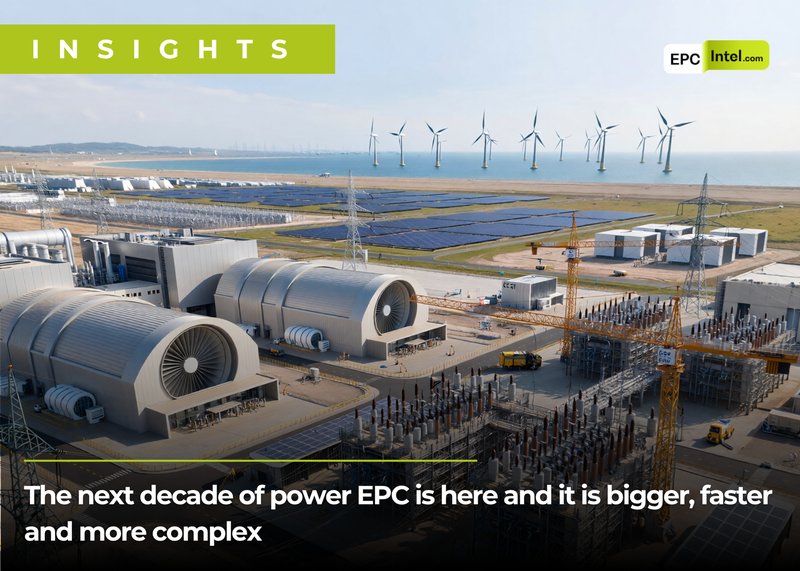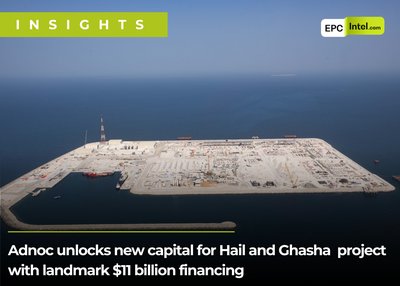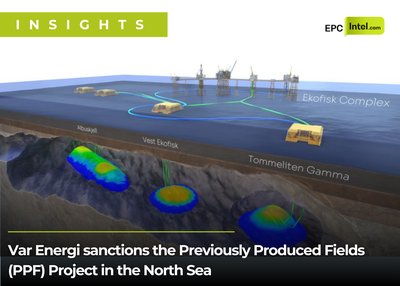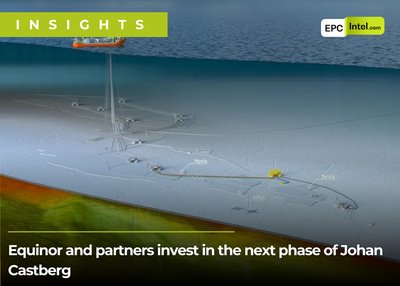The global power plant EPC market is moving into its busiest period in more than a decade. Valued at 128.2 billion dollars in 2024 and projected to reach 179.2 billion dollars by 2034, the sector is expanding on the back of a structural overhaul of global electricity systems. What looks like a steady 3.5 percent CAGR masks a deeper story. Renewables are scaling at industrial speed, electrification is lifting baseload requirements, aging thermal fleets are forcing replacement cycles, and hyperscalers are triggering gigawatt sized build programs around data center clusters. Add early stage hydrogen demand and the next decade begins to look like a multi segment EPC supercycle.
Developers are leaning harder into turnkey contracting. With supply chains tight, lead times long and grid upgrades increasingly complex, utilities and private operators want single point accountability. EPC contractors with proven execution across civil, mechanical, electrical and grid packages are better positioned to capture the wave than at any time since the early 2010s LNG boom.
Renewables set the pace
Renewables remain the anchor driver. Solar and wind are now industrial commodities but their execution models rely heavily on large coordinated EPC scopes. Offshore wind illustrates the scale. In Europe, Dogger Bank continued its phased commissioning while other North Sea zones cleared permitting and grid design hurdles. Each gigawatt requires foundation packages typically valued at 600 to 800 million dollars, offshore substations at 300 to 500 million dollars, array cables at 300 million dollars and export systems at 400 to 700 million dollars based on EPCIntel.com benchmarks. These are multi award clusters that keep marine contractors, cable suppliers and heavy lift fleets fully booked.
EPC package structures across major renewable technologies now follow consistent patterns, with core awards typically representing 30 to 40 percent of total project capex. These include high value components such as generation equipment supply, civil works, electrical systems and grid interconnection. Balance of plant packages commonly account for a further 20 to 30 percent of spend, covering structural works, cabling, substations and supporting infrastructure. With national targets accelerating across India, the Middle East and the US, these cost distributions are becoming templates for programmatic contracting through 2030.
Electrification raises the floor
Electrification is emerging as a silent but powerful load driver. EV charging networks, industrial electrification and urban power demand are forcing utilities into rapid capacity additions. Grid operators in North America and Europe are issuing tenders for hybrid storage projects, synchronous condensers and new HV substations to manage load volatility. EPC contractors with substation and BESS capability are already seeing heavier bid pipelines than expected at this stage of the cycle.
Hyperscalers add a new dimension. Microsoft, Google, AWS, Oracle and CoreWeave have entered an unprecedented expansion phase driven by AI compute requirements. Their data centers need firm, high reliability supply. In several markets, developers are planning gigawatt scale combined cycle plants, reciprocating engine farms or renewable plus storage clusters dedicated to data center districts. Typical packages include gas turbines at 25 to 30 percent of capex, HRSG systems at 15 to 20 percent, balance of plant at 20 percent, civil works at 10 to 15 percent and grid interconnection at 5 to 10 percent. For EPC contractors, this mirrors the concentration of opportunity once seen in petrochemical megacomplexes.
Aging thermal fleets reshape the baseline
The replacement cycle is unavoidable. Coal fleets in North America are reaching retirement age, oil fired units in Europe sit outside modern emissions limits, and parts of Asia rely on plants built in the 1990s with rising maintenance costs. Utilities are retiring inefficient assets and commissioning modern combined cycle, waste to energy, biomass or renewable hybrid projects. EPC award values in these segments typically range from 300 to 800 million dollars, depending on turbine configuration, emissions controls and grid upgrades.
Waste to energy and biomass projects, once niche, are picking up market share as governments push decarbonisation and circular economy goals. These facilities require high mechanical content with boiler islands and flue gas treatment systems often consuming 40 percent of capex, creating significant opportunities for specialized subcontractors.
Hydrogen begins to enter the EPC order book
Hydrogen based generation is still early stage but is growing quickly enough to influence EPC planning. India’s national hydrogen mission alone targets 125 GW of new renewable energy capacity to produce five million tonnes of green hydrogen annually by 2030. Hydrogen ready combined cycle plants use modified turbines, new fuel skids and dedicated storage infrastructure. EPCIntel estimates that hydrogen ready thermal builds could represent 5 to 10 percent of global thermal EPC demand by the early 2030s. Early adopters are already issuing FEED studies for integrated electrolysis and power generation hubs.
Global supply chains pivot
International trading patterns are shifting. Indian engineering exports crossed ten billion dollars in a single month for the first time in July 2025 driven by industrial machinery and power equipment. Yet the volatility remains. Indian solar module exports to the US dropped 16 percent year on year due to tariff actions and shifting procurement strategies. Turbine and electrical OEMs are facing extended lead times of 12 to 18 months due to global grid reinforcement programs. These constraints are pushing EPC contractors to lock in long lead procurement earlier in the contracting cycle.
Competitive landscape firms up
The market is anchored by established global EPCs and rising regional players. Bechtel, Fluor, Siemens Energy, Mitsubishi Heavy Industries, Technip Energies, Hyundai Engineering and Construction, Valmet, Larsen and Toubro and Tata Projects all maintain strong positions. The competitive focus is shifting toward multi gigawatt frameworks, transmission and distribution megaprograms and integrated renewable clusters that combine solar, wind and storage in single awards.
Looking ahead
The next decade of power EPC will not be defined by a single trend. Instead it will be the convergence of renewable scale up, heavy electrification, hyperscaler power demand and the early formation of a hydrogen ready thermal segment. EPC contractors with integrated engineering and grid capability stand to benefit most as utilities and developers seek partners who can deliver complex, multi technology systems under a single contract structure. The cycle is already underway and the pipeline suggests it will run deep into the 2030s.




